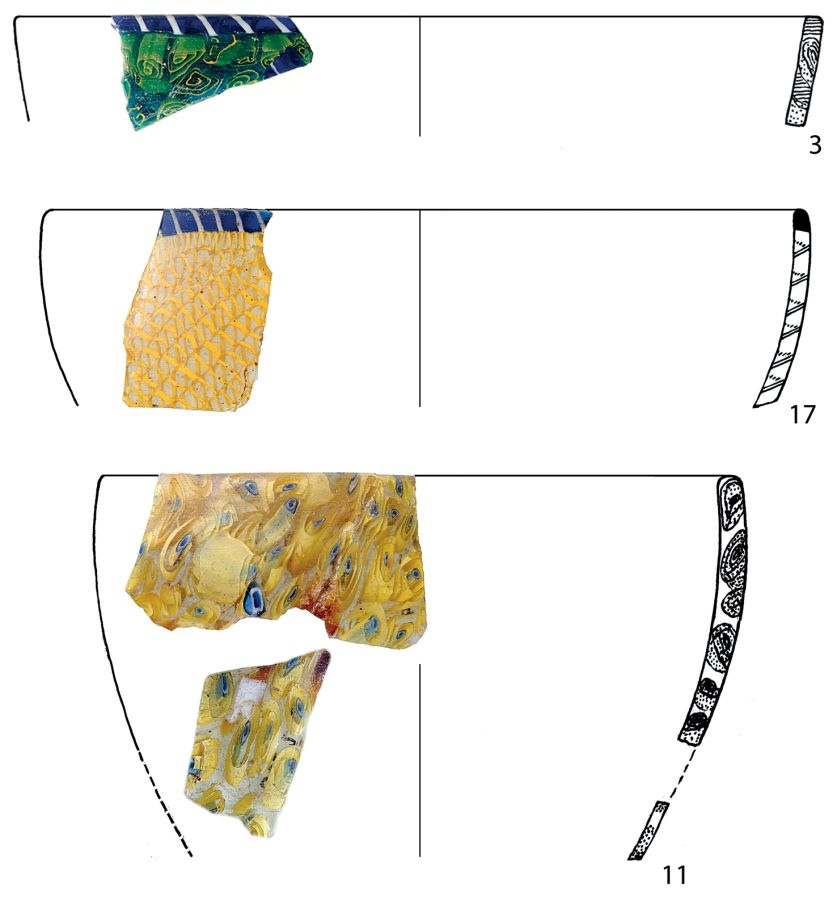Hellenistic mosaic glass vessels in Bohemia and Moravia
DOI:
https://doi.org/10.35686/AR.2015.11Keywords:
mosaic glass vessels, Late La Tène period, Mediterranean imports, archaeometryAbstract
Imported artefacts from the Late La Tène period also include mosaic glass vessels produced using millefiori, reticella and ribbon mosaic glass techniques. The artefacts are part of the assemblages from the oppida of Stradonice and Staré Hradisko and from the Jičina-Požaha hillfort of the Púchov culture. Their origin can be traced to a Hellenistic workshop(s) in the eastern Mediterranean that was probably in operation in the second and first centuries BC. According to their chemical composition determined by means of SEM-EDS, NAA and LA-ICP-MS, the chemical type of glass of the mosaic vessels is the same as the glass used to make La Tène ring ornaments – soda-lime natron glass.
Downloads












